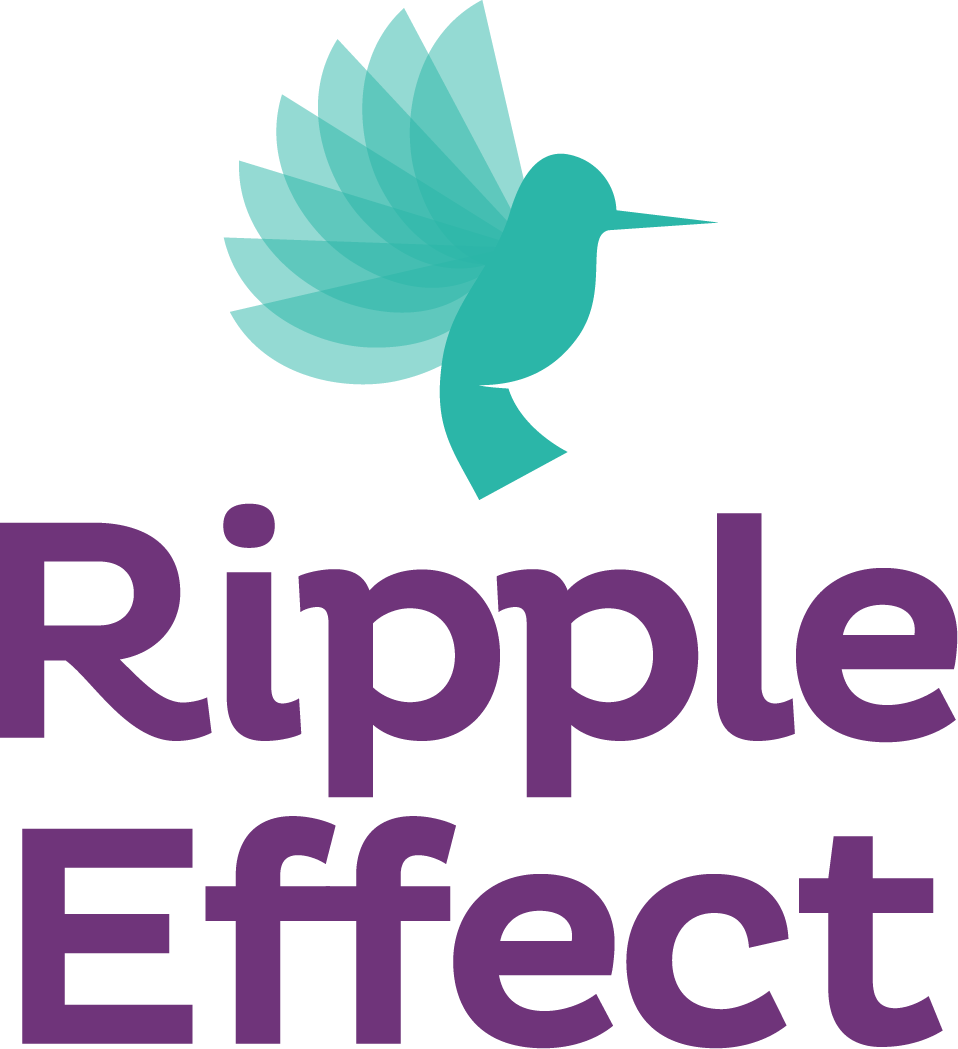Email Etiquette: How Inbox Conversations Have Changed Since the Pandemic
Since the beginning of the pandemic, there are a lot of professional practices that have changed.
For instance, remote work is the newfound joy of many, and strict office wear is a thing of the past both outside and in the office.
As for virtual advancements, the changes are more obvious. How many Zoom calls have YOU been on in the last few days?
And what about email etiquette in the workplace?
Despite the more relaxed, people-focused approach businesses and entrepreneurs have adopted, the importance of proper email etiquette remains.
How we communicate with each other is crucial to our business and reputation. Why? Because people want need to know they are valued and respected. And they always will.
So here are a few ways inbox conversations have changed post-COVID, and how you can implement them for yourself.
Photo by stuartmiles99 from Getty Images
Master Your Subject Line... it's the first thing people see
You don't have to be an email writing expert to appreciate a good subject line when you see one.
In fact, I challenge you right now to think back to a recent subject line you were impressed by, or to scan through your current inbox and find one.
Did you do it? Ok, let's continue.
While this mostly applies to brands, people have indeed switched up how they write email subject lines when emailing potential customers, clients, and even colleagues.
Great subject lines all have one thing in common — they get you to open the email and take action!
You can do this with:
Announcements
Clever brevity
Enticing questions
Offers for valuable, free stuff
Unexpected or intriguing phrases
Keep Things Short, Sweet, And Structured
Kinda like how we preferred COVID to be, right? Instead, we're over two years into a pandemic and still feeling the wildly haphazard effects.
When oh when will these COVID ripples disappear!
Thankfully, our emails don't have to be like that. It's basic email writing etiquette to be mindful of people's time.
Make your emails short and clarify your most important points at the start. Your readers will thank you for it.
If you're writing an inevitably lengthier email, be sure to use bullet points, bold font, and subheadings to assist with scanning... because who actually reads each word of those long a** emails, amirite?
Be Careful with Your Tone
By now, we've all learned how easy it is to misrepresent ourselves via text or email. Tone, which is inherently associated with sound, gets easily skewed in a situation where it's just the written word.
A lack of body language and facial expressions also makes it difficult to accurately convey your messages.
One of my personal and professional pet peeves: When someone responds to an email or a text message with the word “YUP!” How do you respond to this or other types of responses? Let me know in the comments below.
The solution?
When receiving an email, examine your perception of the sender's tone to make sure you don't distort it. And when sending, be sure to avoid emotionally charged emails. Take a breather if you need to! We've all been there and actually, I had to do that this week with a colleague who was over-complicating a simple request.
Photo by hafakot from Getty Images
Keep The Professionalism and Authenticity, Lose The Excessive Formalities
In our subject line section, we established that email writing doesn't have to be as formal as before. After all, if your subject line reads: "Ready to get groovy?" (courtesy of Canva), your readers will picture a dance floor. Not very “professional,” is it? But it is funny and unexpected! (Side note: knowing your audience helps too!)
In addition to adding some fun to your emails, you also want to show your authentic self. Over time, you can skillfully combine authenticity with fun and a mindful tone to build trust and liking with your audience.
With all that in mind, you should have some level of professionalism. Here’s how:
1. Reply to emails in a timely manner — while sticking to your boundaries of course — and always proofread your emails before hitting Send.
2. We've mostly done away with traditional sign off phrases like best regards and sincerely yours, but there are options like a simple thanks, cheers, warmly, sincerely, best, take care, and you're welcome.
3. Finally, use shorthand sparingly. That is, with your closest colleagues who won't see it as a poor reflection of your professionalism.
Bonus tip: An appropriate emoji in an email can convey genuine emotions and lighten up the work vibe!
Don't Just Look Professional, BE Professionally Organized
It's easier to put yourself in the right headspace to conduct professional email etiquette when your inbox is not a huge mess.
Guilty as charged? You're not alone.
If you need help clearing out your inbox so you're not overwhelmed while drafting up emails, sign-up for my “Own Your Inbox” training session today!
Janic 💜
PS: Hey Ripple Maker…
Do you avoid organizing your email inbox because it’s just too overwhelming? Have you convinced yourself there is no way to organize it? What if I told you that I’ve helped many students of my “Own Your Inbox” training session go from 10,000’s emails to 100’s in just an hour? Learn more here



